What happened to China’s new energy vehicles in the past decade?
- From “being questioned” to “leading the world”
Ten years ago, new energy vehicles were just “experimental products” under government subsidies. Many people believed that they had short battery life, difficult charging, and high prices. But now, China has become the world’s largest producer and seller of new energy vehicles, ranking first for many consecutive years.
According to 2024 data:
In 2024, the annual sales of new energy vehicles exceeded 9.5 million units, accounting for more than 60% of the global total; Exports exceeded 1.2 million units, exported to Europe, Southeast Asia, the Middle East and other places;
CATL, BYD, NIO, Xiaopeng and other brands frequently appeared on the international stage.
Behind this is the continuous investment and breakthroughs of Chinese automakers in the three core technologies of batteries, motors, and electronic controls. As Academician Li Jun, Chairman of the China Society of Automotive Engineers, said: “China’s new energy vehicle industry has not only achieved economies of scale, but also made remarkable achievements in technological innovation.” - Charging network: from “hard to find a charging pile” to “charging whenever you want”
Do you remember the embarrassing scene of “queuing for charging piles” a few years ago? Today, the number of charging piles in the country has exceeded 8 million, highway service areas are almost fully covered, and urban fast charging stations are as dense as convenience stores. More importantly, battery swapping (such as Weilai) and high-voltage fast charging (such as Xiaopeng G9 supports 800V fast charging) are becoming mainstream options, and charging efficiency has been greatly improved. It’s like installing a “super charger” on your car, and you don’t have to worry about insufficient power anymore. - Technological leap: from “imitation” to “leading”
We used to say “Tesla is awesome”, but now you will find that domestic new energy vehicles not only keep up with the pace, but are even ahead in some aspects.
For example:
Smart cockpit: voice interaction, in-car entertainment system, OTA remote upgrade;
Automatic driving assistance system: high-speed NOA (navigation-assisted driving), urban commuting assistance;
Body safety structure: blade battery, multi-layer protection design makes the battery safer;
Luxury experience: air suspension, rear electric seats, car refrigerator and other configurations are no longer exclusive to BBA.



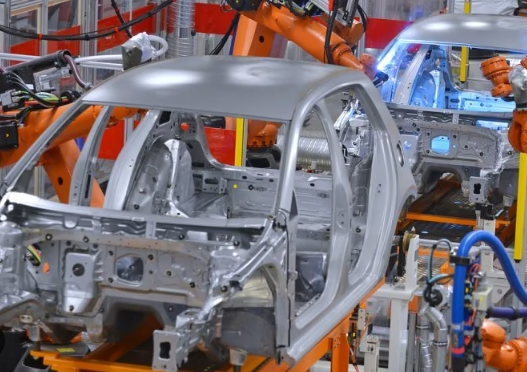
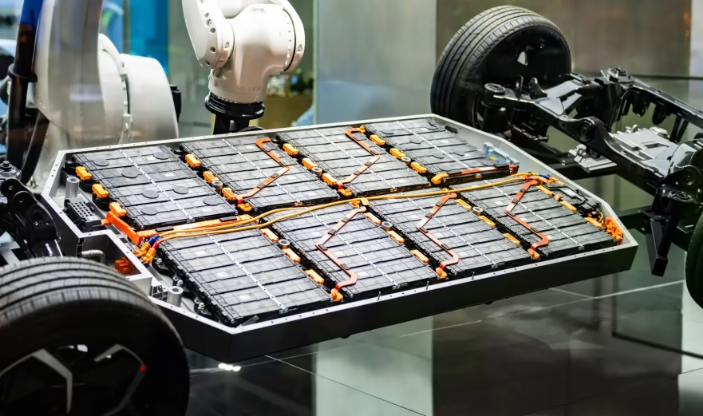
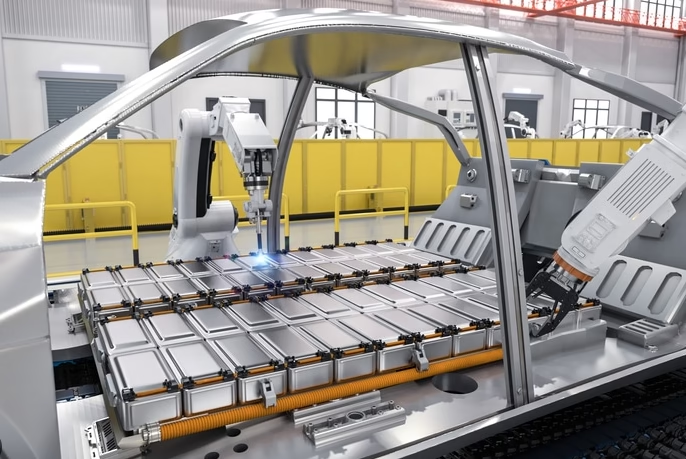
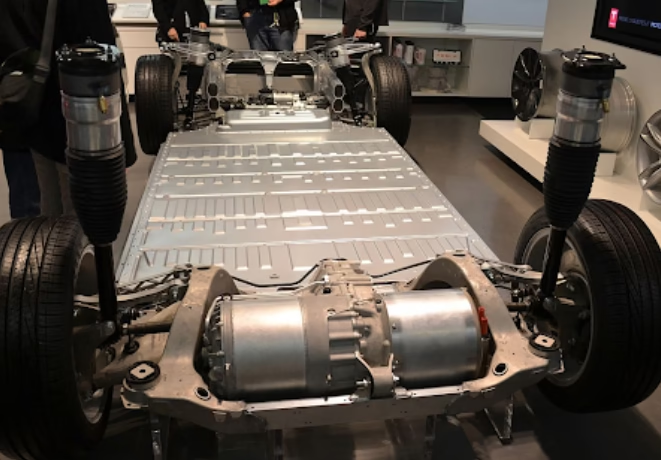
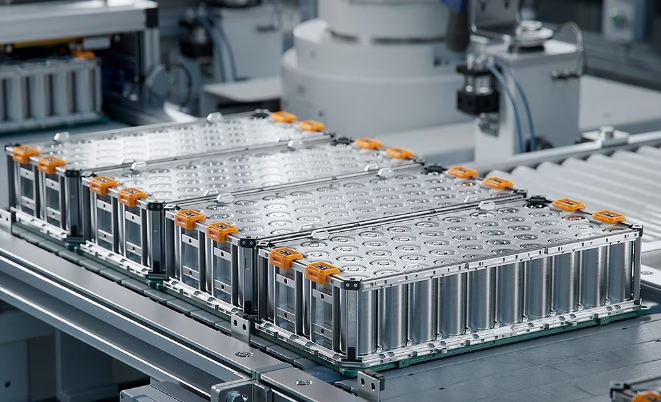
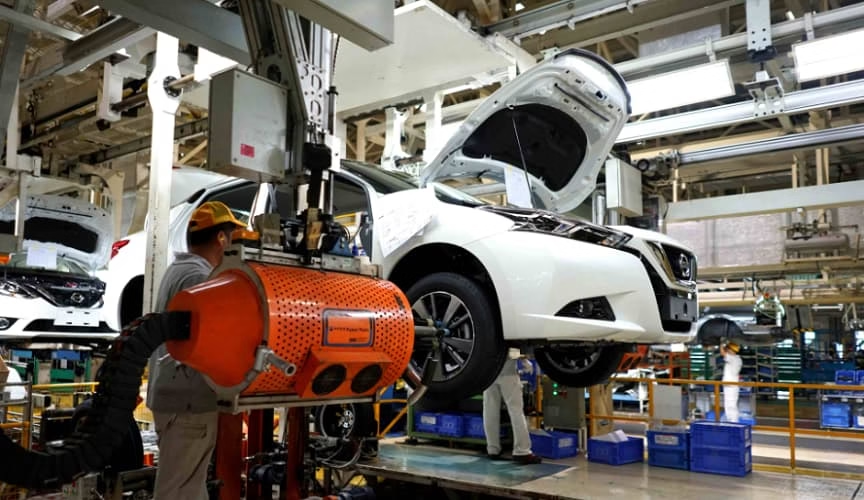
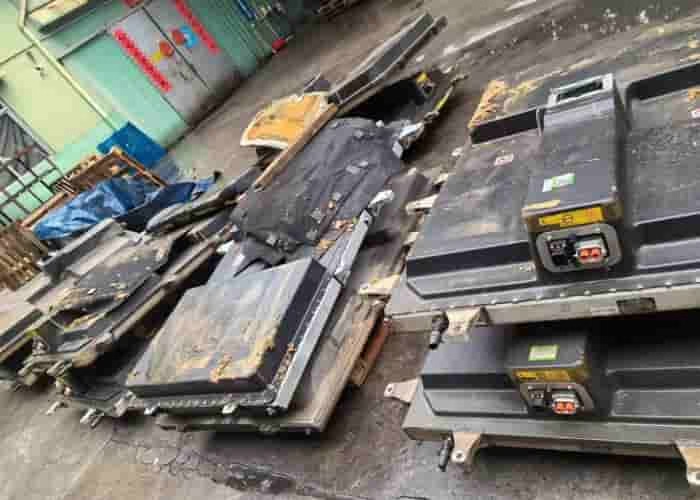
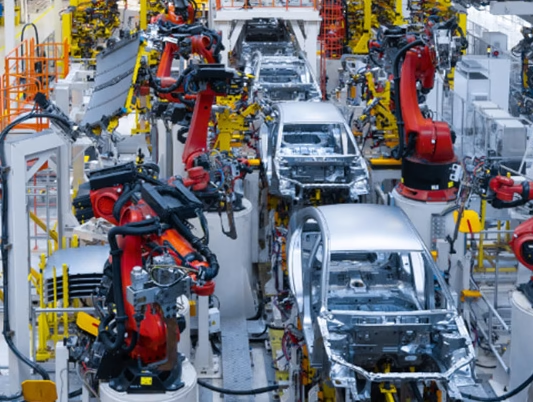
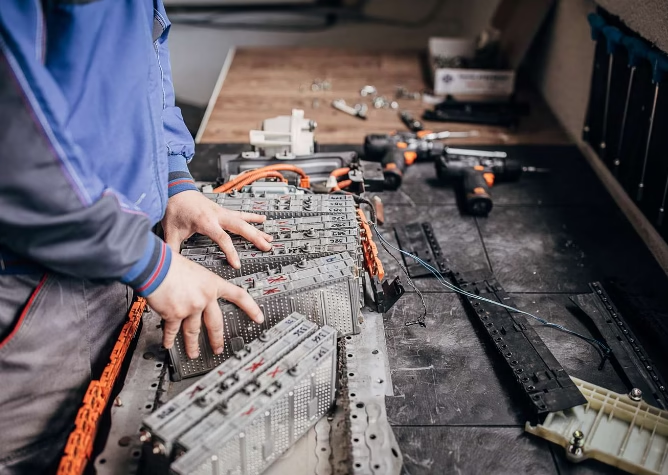
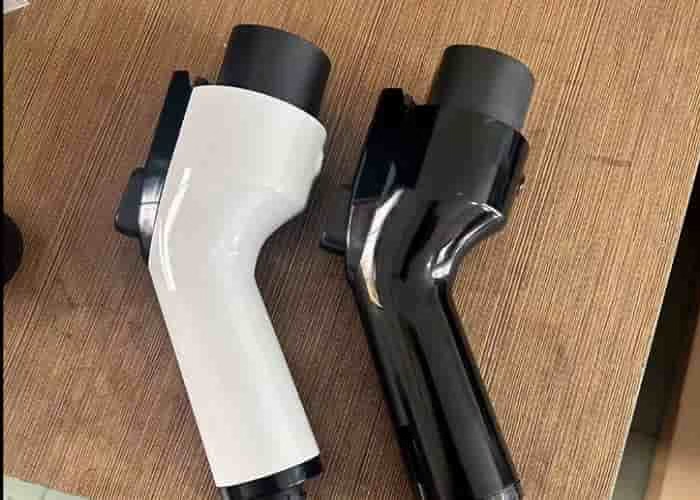


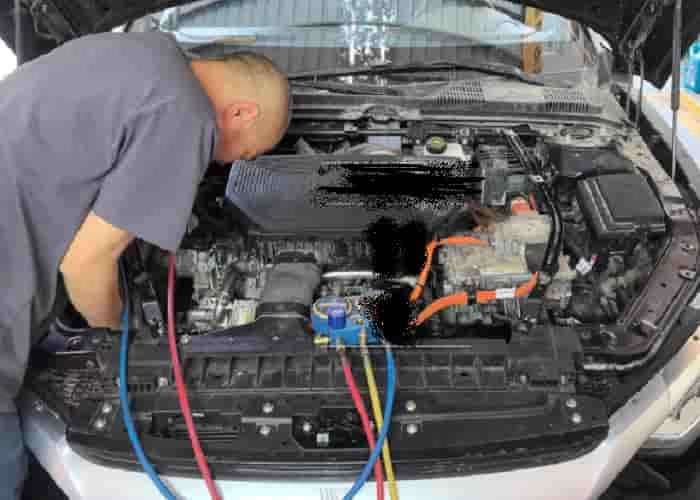
Leave a Reply